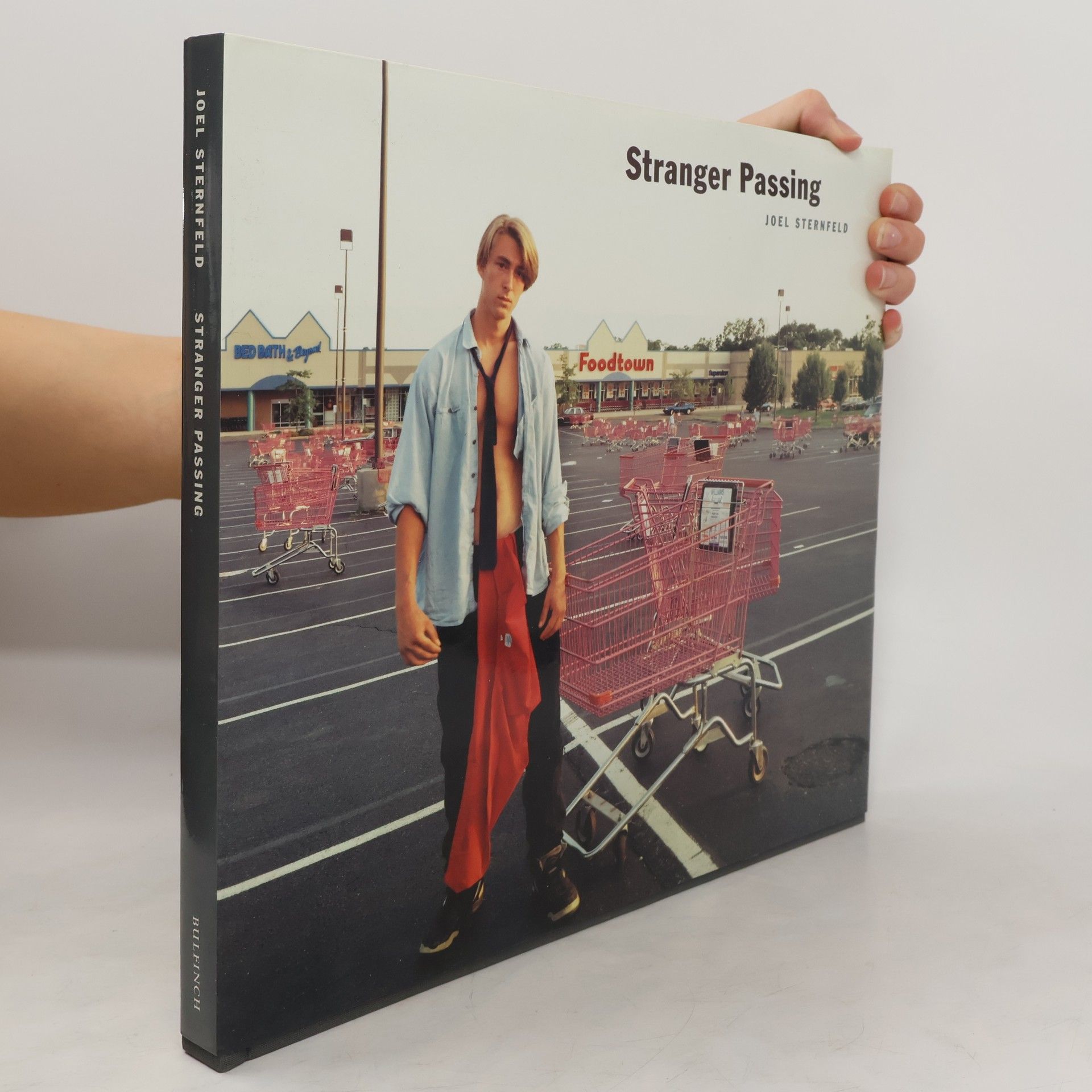Nags Head
- 96 pages
- 4 hours of reading
The narrative intertwines Joel Sternfeld's personal journey with the evolution of his color theory over five decades. In 1975, facing a life-changing surgery, he sought solace in Nags Head, North Carolina, capturing dreamlike photographs of beachgoers that marked his first exploration of a season. The tragic loss of his brother cut this period short, but it inspired a pivotal moment at Rockaway Beach, where he discovered beauty in unexpected places. This realization ultimately shaped his acclaimed work, "American Prospects," reflecting his ambition to depict the changing seasons across America.

